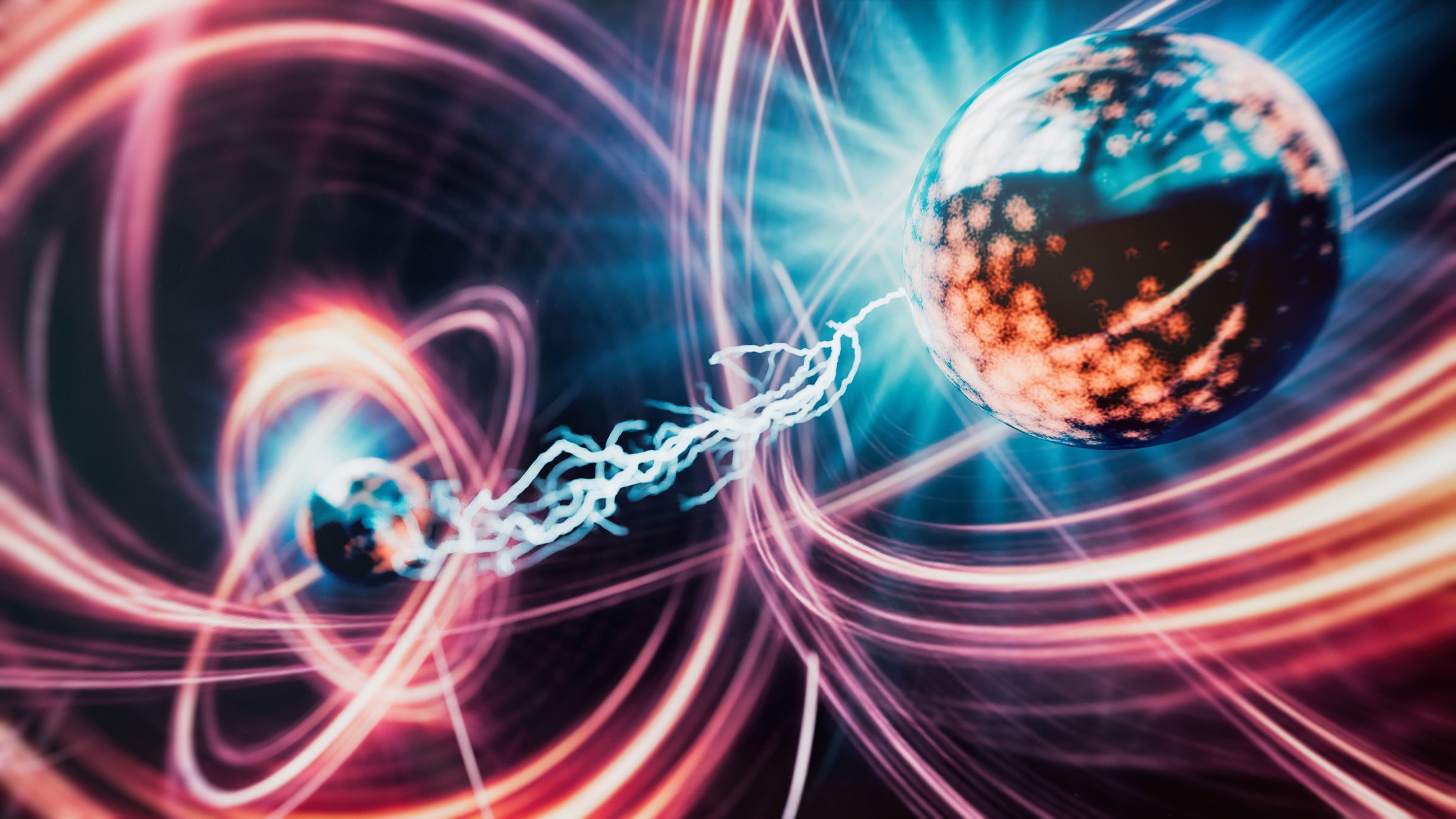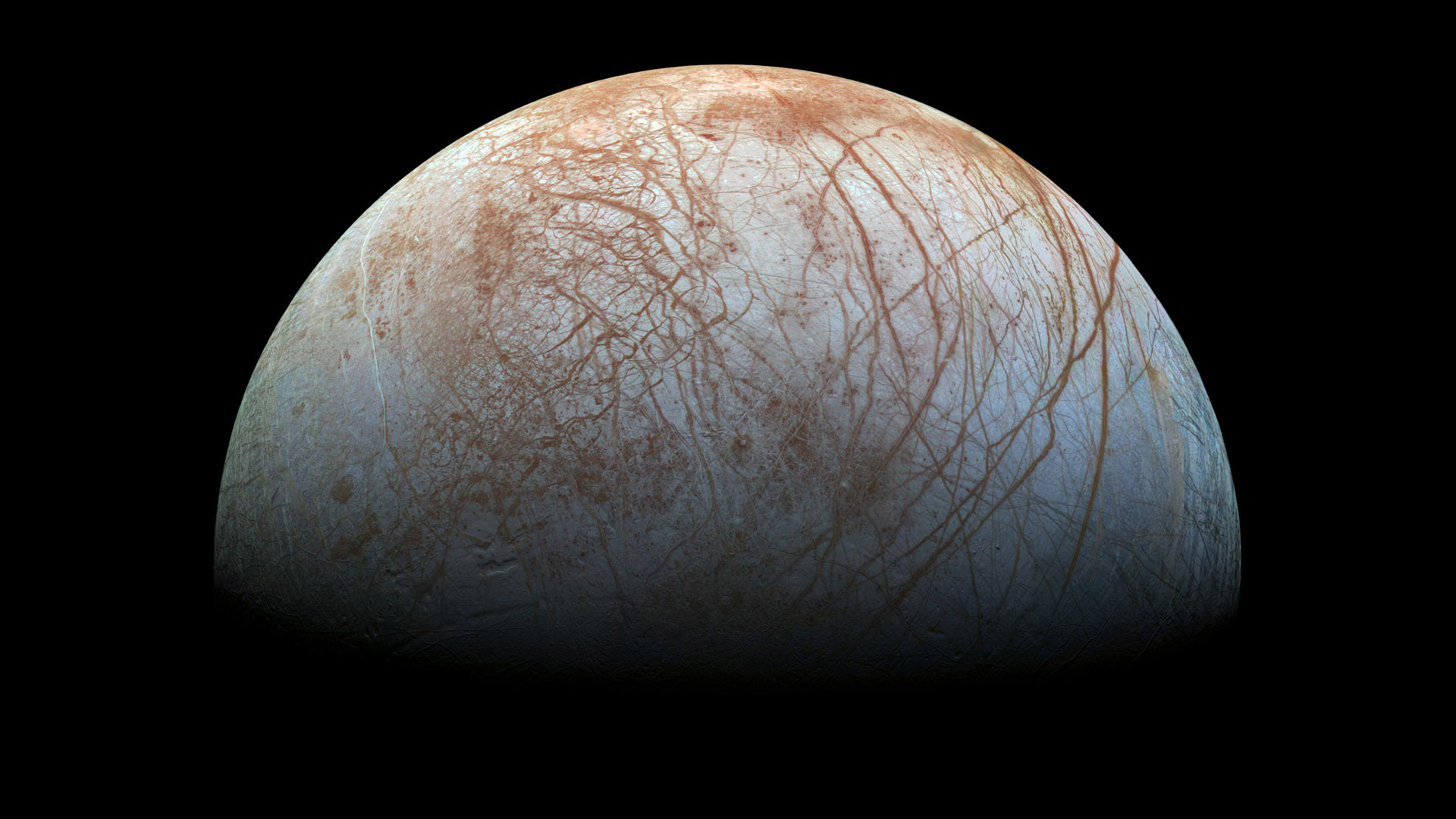Gravitational Waves: The latest discoveries and star crash news
Join our Space Forums to keep talking space on the latest missions, night sky and more! And if you have a news tip, correction or comment, let us know at: community@space.com.
Latest about gravitational waves
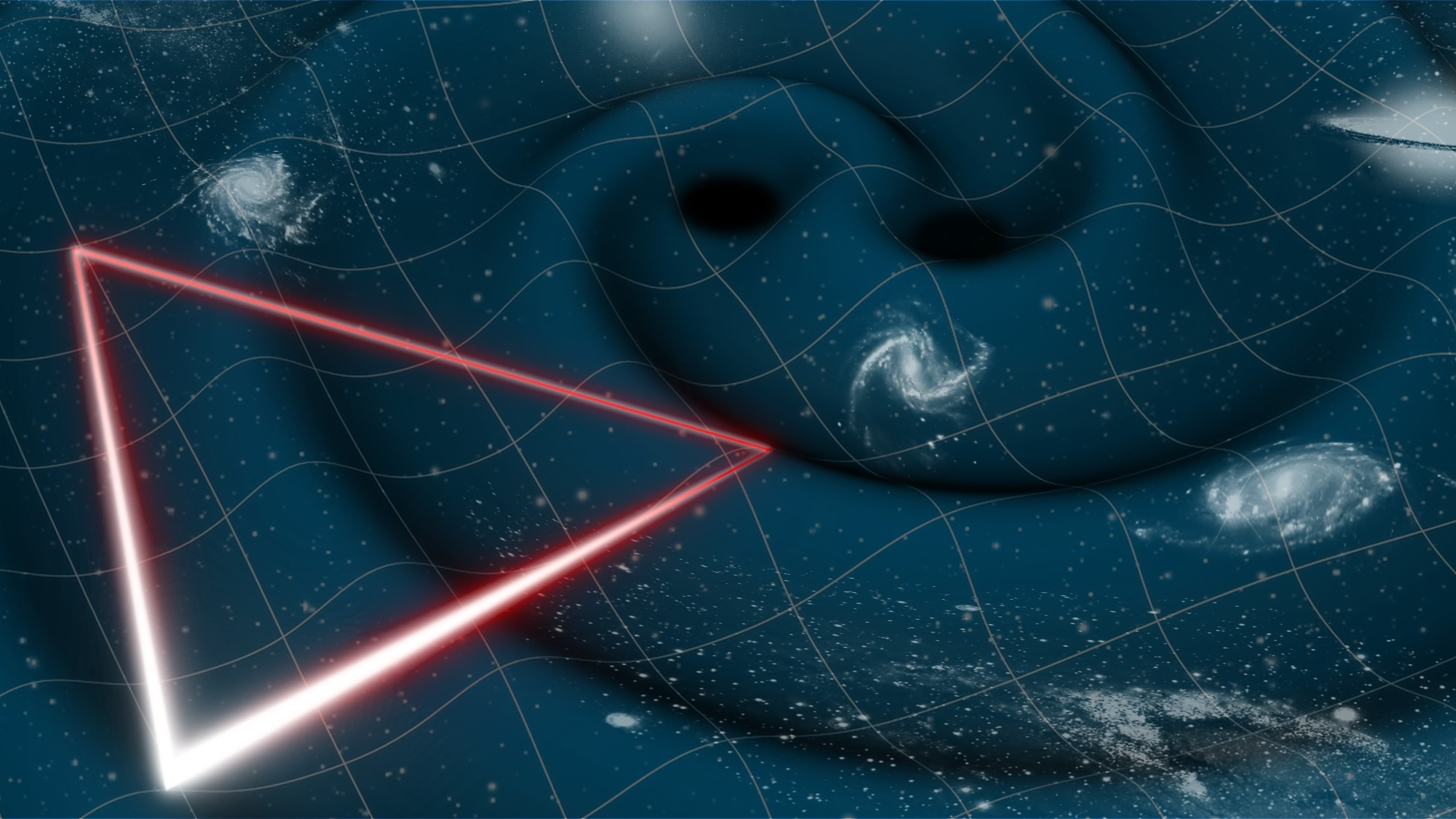
Black hole paradox that stumped Stephen Hawking may have a solution, new paper claims
By Paul Sutter published
As black holes slowly vanish through Hawking radiation, their information may be preserved in subtle space-time ripples, a new theory suggests.
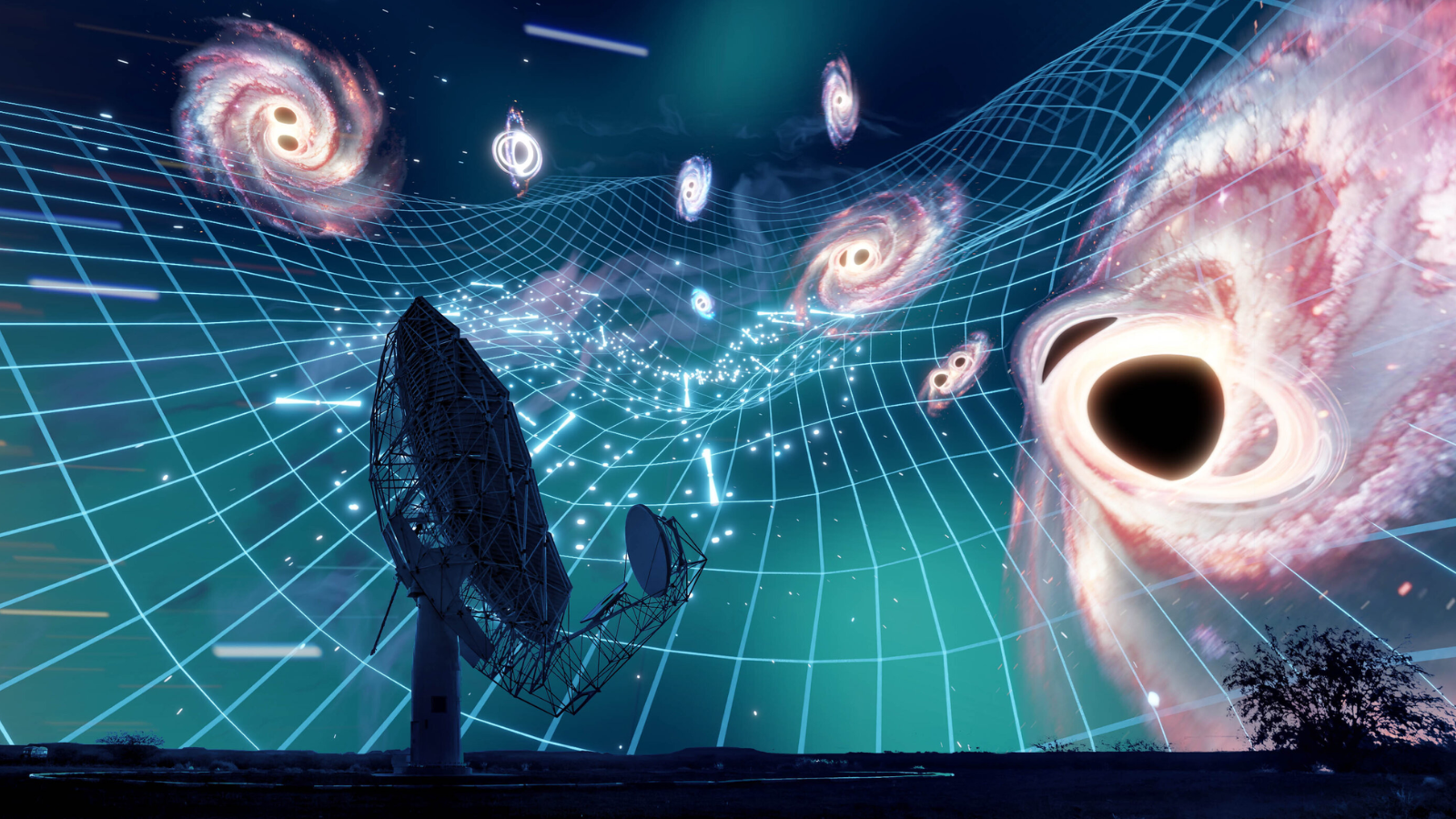
Hidden black holes could be revealed by gravitational wave map of the cosmos
By Robert Lea published
A map of the universe in gravitational waves could reveal "hidden" black holes, supermassive black hole collisions, and the large-scale structure of the cosmos.
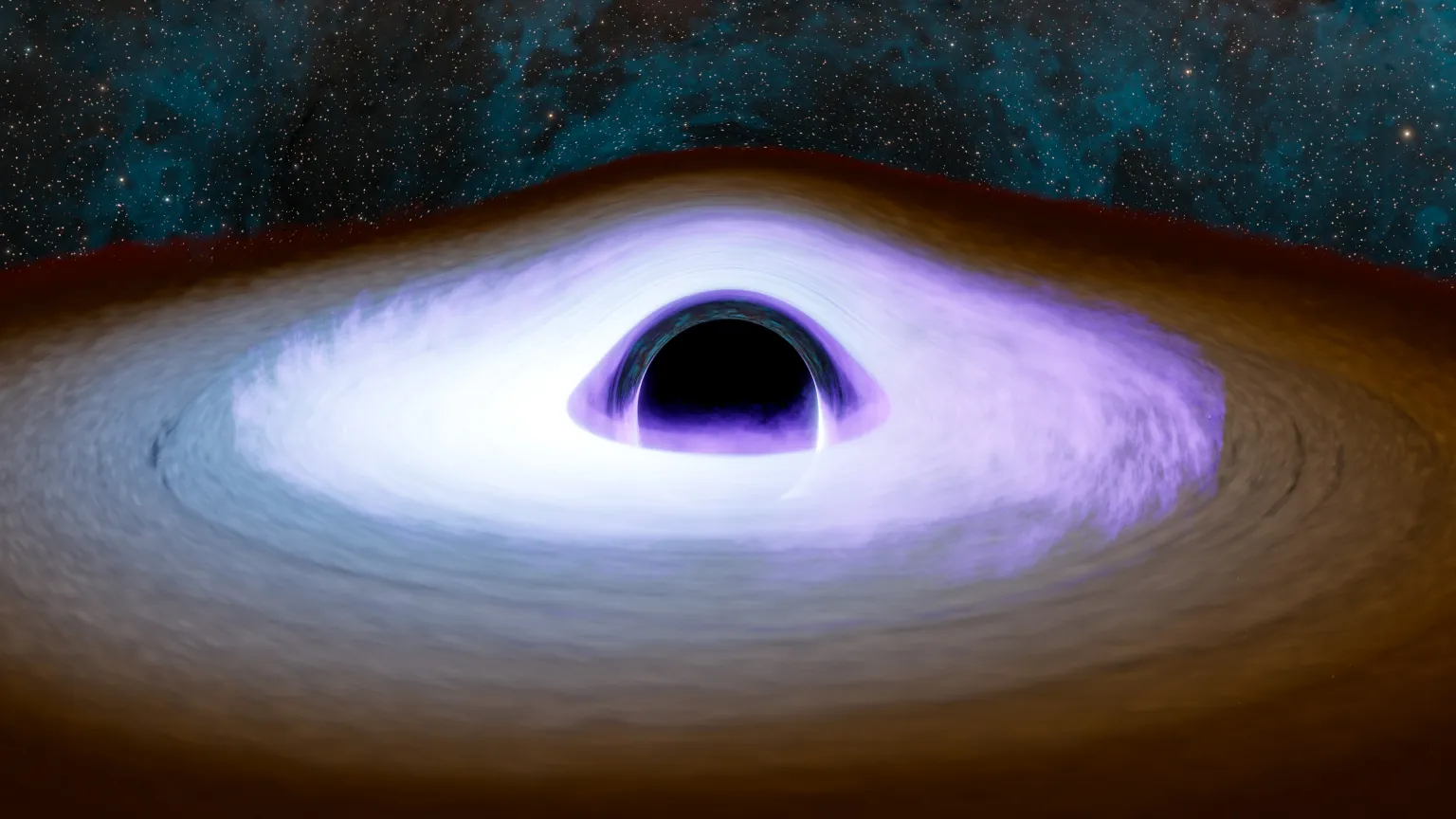
Dark matter might make space-time ring like a bell around black holes — and we might be able to 'hear' it
By Paul Sutter published
To explain why dark matter particles haven't come up in any direct detection experiments, physicists have wondered if it may be a kind of particle known as an axion.
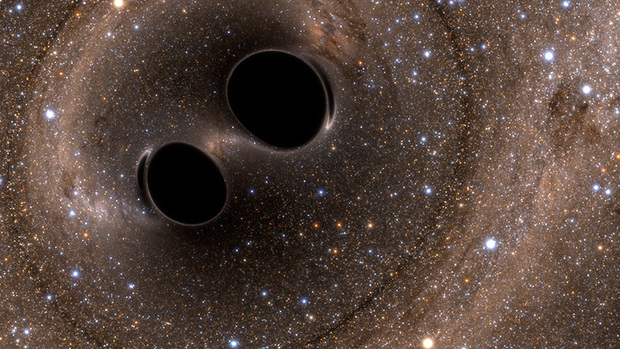
What happens when black holes merge?
By Paul Sutter published
Space mysteries Black hole mergers are beautiful — and some of the most violent events in the cosmos. Here's how the process unfolds.
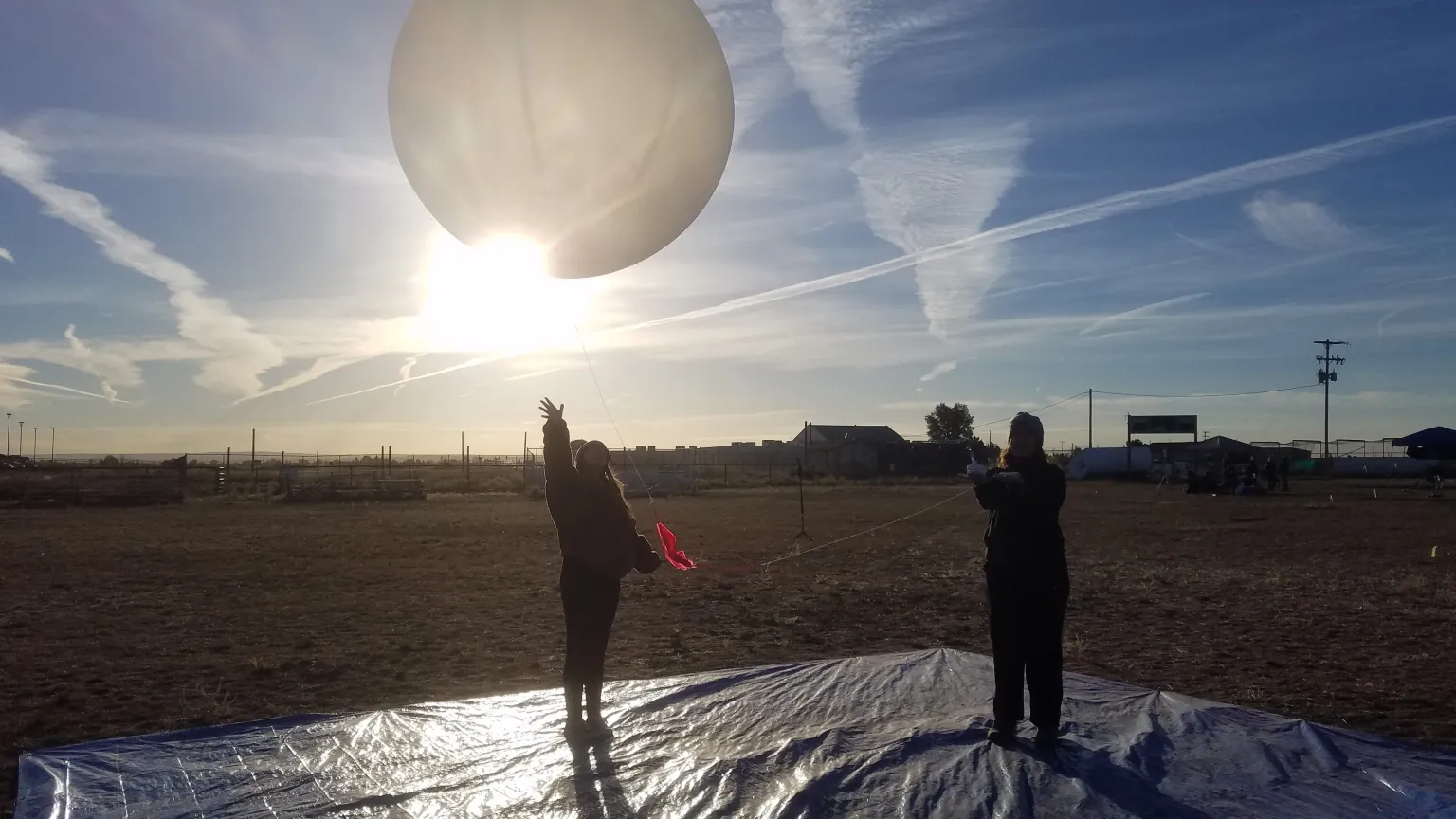
College students confirm long-held prediction about atmospheric gravity waves
By Meredith Garofalo published
College students are making "waves" with a discovery they made during the annular solar eclipse on Oct. 14, 2023.
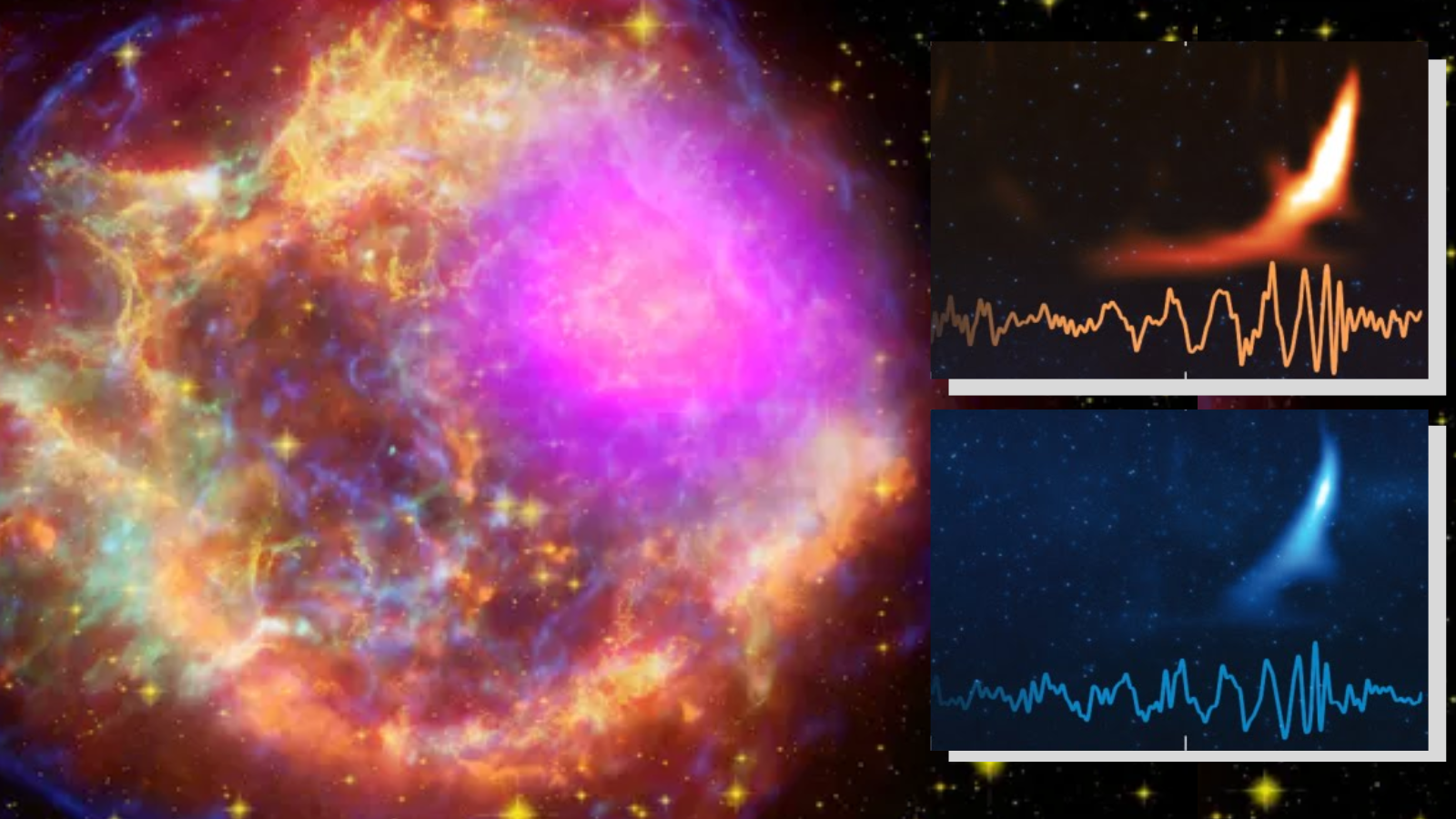
Black hole or neutron star? Gravitational wave 'chirps' can tell us what becomes of dying stars
By Robert Lea published
The current generation of gravitational wave detectors could "hear" supernovas over 65 million light-years away, helping scientists determine if a dying star creates a black hole or a neutron star.
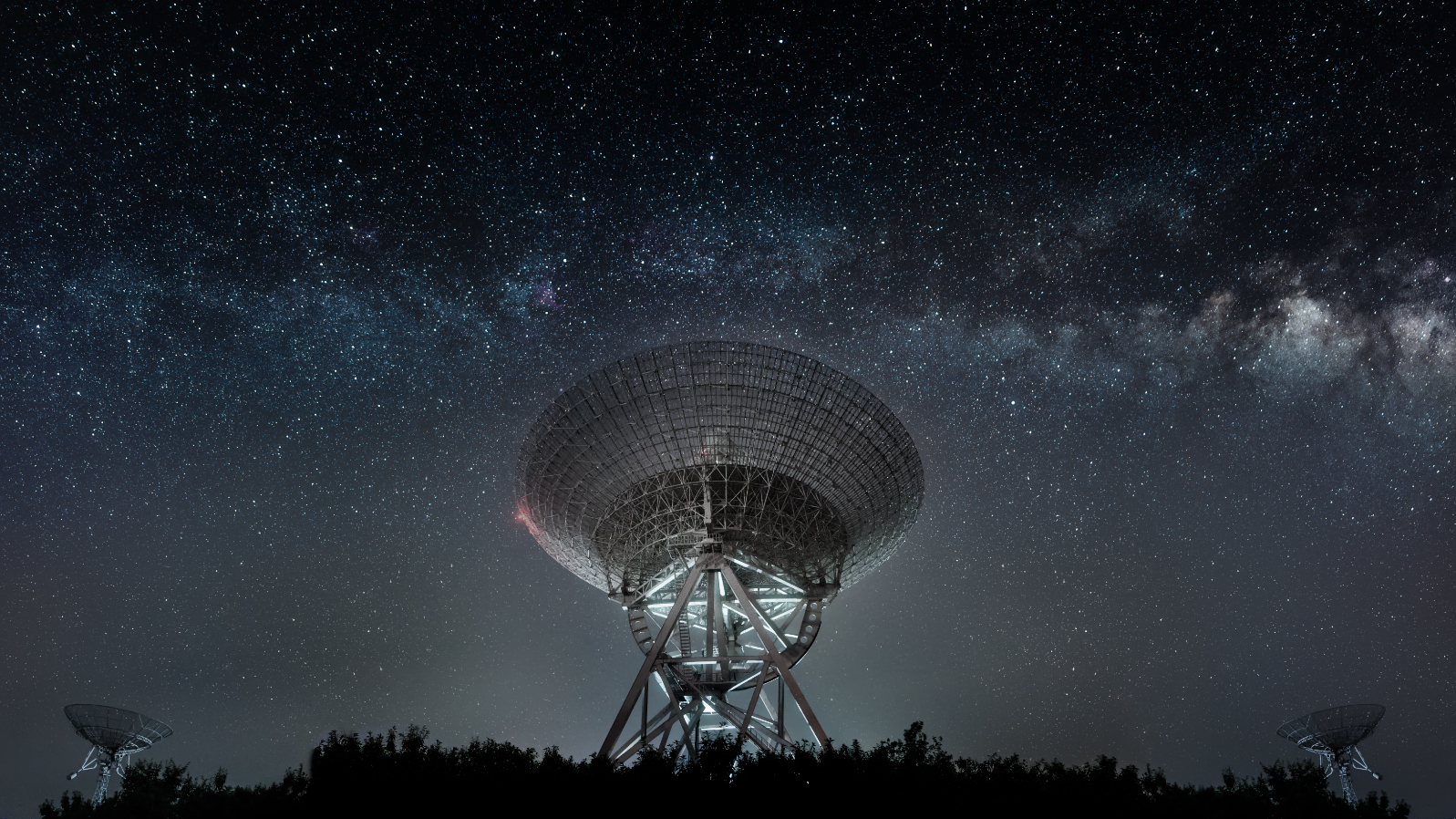
How AI is helping us search the universe for alien technosignatures
By Conor Feehly published
"It's now a part of mainstream astrophysics."
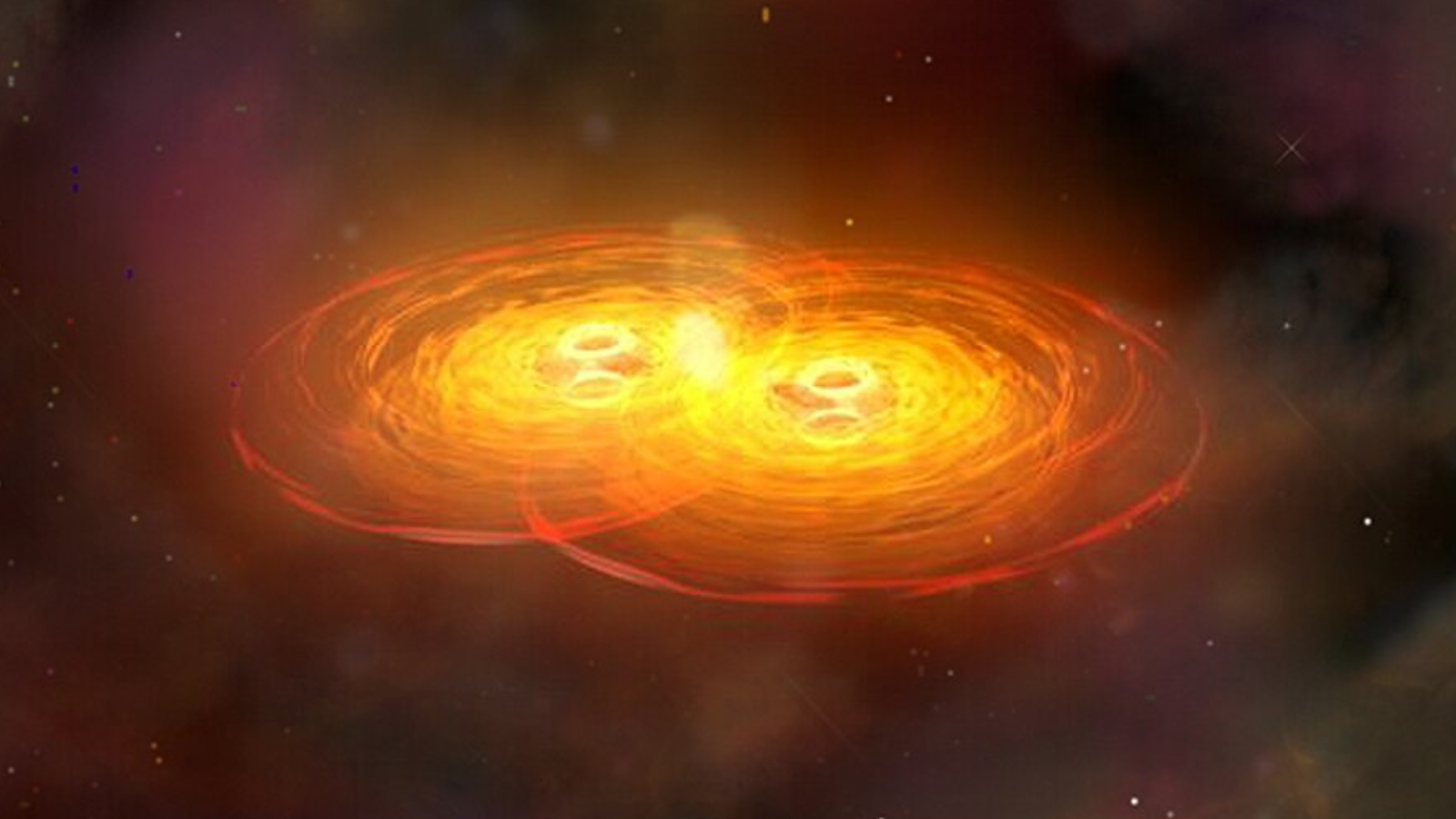
Gravitational waves hint at a 'supercool' secret about the Big Bang
By Robert Lea published
If the gravitational wave background detected last year came from a "supercool" phase transition around the time of the Big Bang, they hint at new physics.
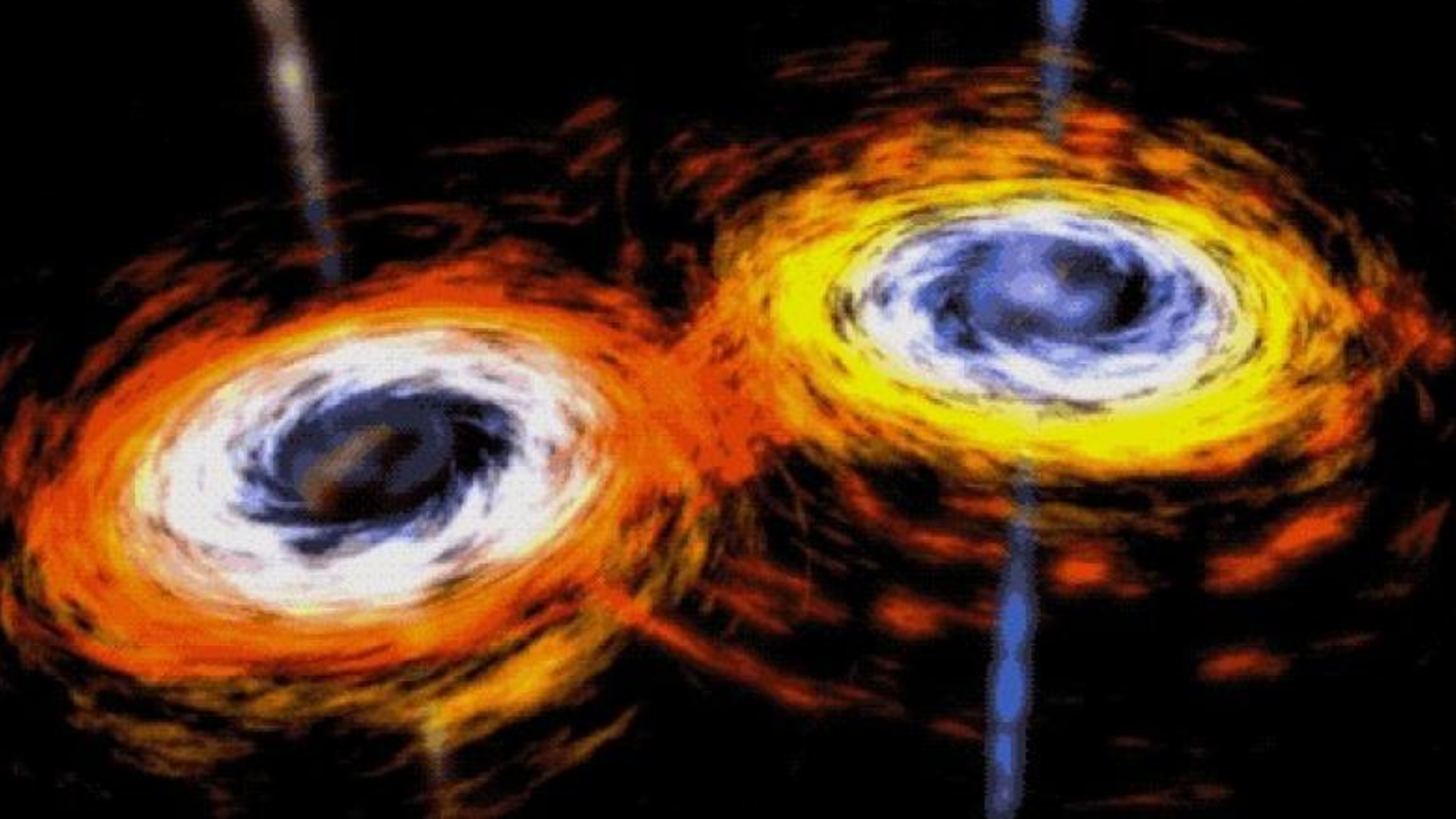
Small black holes could play 'hide-and-seek' with elusive supermassive black hole pairs
By Robert Lea published
Small pairs of binary black holes could be used to play hide-and-seek' with elusive supermassive black hole binaries via gravitational waves carry the "baritone singing" of these cosmic titans.
Breaking space news, the latest updates on rocket launches, skywatching events and more!
